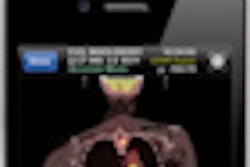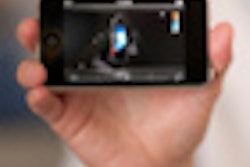Thursday, December 1 | 11:40 a.m.-11:50 a.m. | SSQ08-08 | Room S403A
A Japanese research team will present a study that found that a digital camera can perform luminance and white-balance matching between monochrome and color displays.The use of color displays for medical image diagnosis is on the rise, and grayscale images are now being observed on both monochrome and color displays. Gradation and color tones can differ between the two display types, however, and methods for luminance and white-balance matching have not yet been indicated in any guidelines, said presenter Katsuhiro Ichikawa, PhD, of Kanagawa University.
Because colorimeters are too expensive to own in each medical setting, there's a demand for simple and accurate methods using affordable systems, he said. Based on past research using commercially available, single-lens digital cameras to measure resolution and noise of medical displays, the study team applied a camera for color measurements.
A Nikon D90 equipped with a microlens obtained satisfying results, Ichikawa said.
"By using this system, the luminance and white-balance matching was successfully achieved, and the perceptual color differences between the displays were clearly reduced," Ichikawa said. "Since the digital camera has a 2D imaging sensor, we could obtain [a] 2D chromaticity map by one-time imaging. This ability was very useful for the color analysis."




















